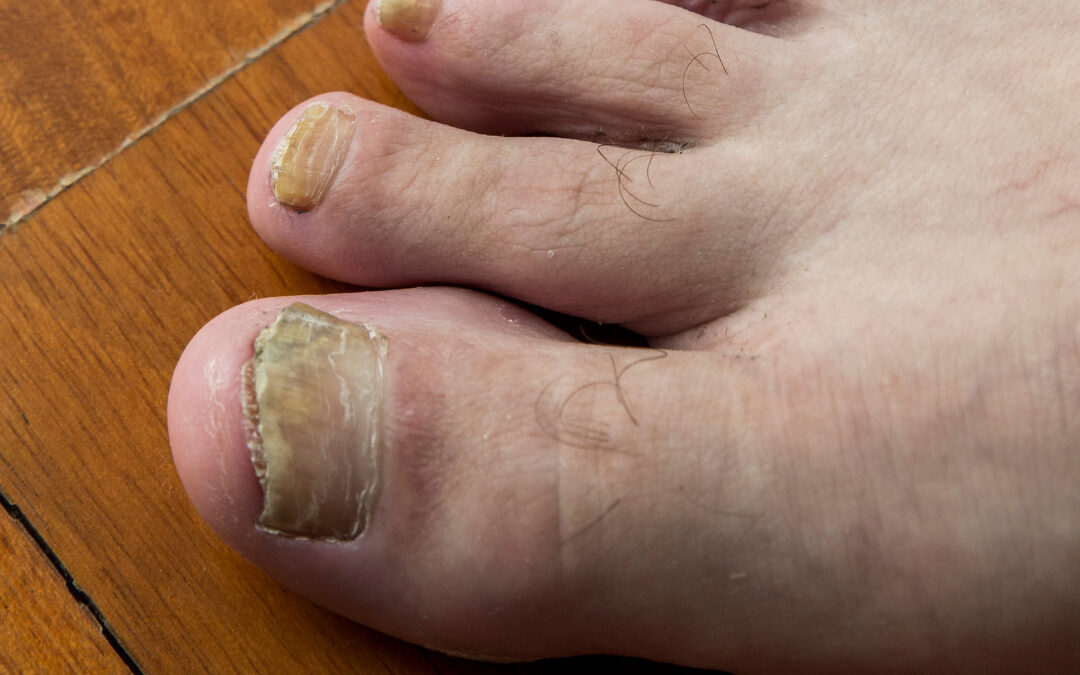FUNGAL INFECTIONS
A fungal infection of the nail is called Onychomycosis and is very often ‘caught’ from a skin infection called Tinea Pedis or Athletes Foot. They are both essentially the same infection caused by microscopic fungi which are invisible to the naked eye. Fungi love dark, damp places that are moist and warm which enables them to flourish. They attach human skin and nails at times when the skin or nail is damaged.
This condition affects some 15% of the population of the U.K. and is more commonly found in men.
How are fungal infections caught?
Fungi are very contagious, and the easiest sources of infection are communal showers, swimming pools and most places where activity is done with bare feet.
What do they look like?
If fungi affect your skin it usually starts between the toes. Skin will become sore and inflamed and often (but not always) very itchy. Skin then becomes either moist and weeping or dry and flaky, both will reduce the skins natural defenses and cracks may appear allowing secondary bacterial infections to develop which may case extreme pain.
With a fungal infection in the nail, the nail will appear discoloured and may thicken, if allowed to develop the nail can become crumbly and dry in texture.
The infection does not usually resolve without treatment. It can be passed on very easily and the nails can become disfigured ultimately causing permanent destruction of the nail plate.
Treatment
Tinea Pedis (skin), respond well to topical anti-fungal creams, ointments, foot washes and soaks, applied to the skin.
Onychomycosis (nail) are rather more stubborn to respond to treatments, topical anti-fungal creams, foot washes and soaks are available also paints, powders and sprays but as the nail plate is difficult to penetrate success rates are dependent upon the right treatment regime and dedicated patient input in carrying out that regime.
Can they be painful?
Any skin infection can be painful if not treated as soon as it is noticed. Nail infections can be painful too if they are allowed to progress.
Prevention
As always – prevention is better than cure.
Good routine foot hygiene is the place to start.
- Wash daily in warm soapy water.
- Rinse well in clean water and dry especially between the toes.
- Clean socks and hosiery every day that are not tight and allow you to ‘wiggle’ your toes to allow air to circulate.
- Surgical spirit between the toes applied with a cotton bud and allowed to ‘air’ dry is a very good preventative
- Wear breathable footwear made with natural materials
- NEVER wear anyone else’s footwear.
- Use your own towel.
- Have your shoes disinfected by a Foot Care Professional as these can remain a source of re-infection
- Wash all hosiery, socks, and bedding at 50 degrees or above.
Treatment
There are a host of treatments on the market available for fungal infections of the skin and nail. Make sure you have the right treatment for you by consulting a Foot Care Professional for advice and guidance.

